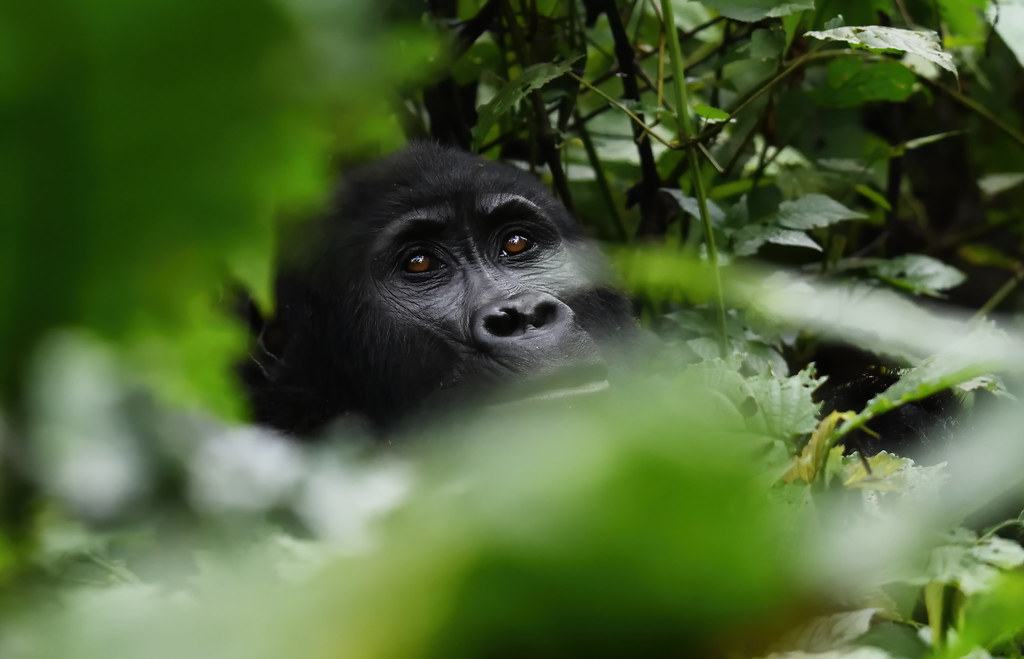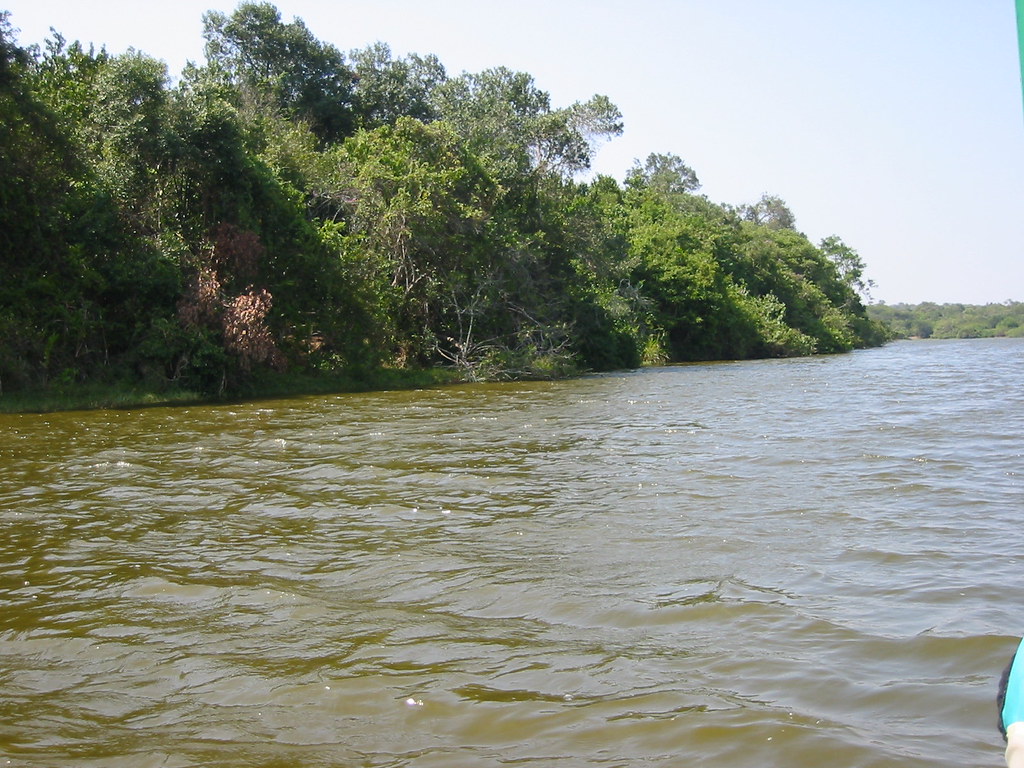
Ornithological sites in Uganda
Ornithological sites in Uganda
Uganda is a premier birding destination in Africa, hosting over 1,075 known bird species, including indigenous birds of the Albertine Rift, savannah species, forest inhabitants, aquatic birds, and migratory varieties, rendering it a veritable birding paradise. This article provides guidance on birding destinations in Uganda, optimal times for bird watching, and essential items to pack for your birding trip.
Premier avian observation sites in Uganda
Mabamba Swamp
Mabamba Swamp is a premier avian destination in Uganda, offering bird enthusiasts the chance to observe a variety of species, including the ancient Shoebill stork, as well as the Papyrus Gonolek, Goliath Heron, Black Crake, Lesser Jacana, Yellow-backed Weaver, White-faced Whistling Duck, Yellow Warbler, Blue Swallow, White-winged Warbler, Wood Sandpiper, White-throated Bee-eater, Swamp Flycatcher, Striped Kingfisher, Squacco Heron, Spur-winged Lapwing, Saddle-billed Stork, Pygmy Geese, Purple Heron, Red-chested Cuckoo, Ross’ Turaco, Slender-billed Weaver, and Long-tailed Starling, among others.
Bigodi Wetland
The Bigodi Wetland is a community-based initiative situated adjacent to Kibale Forest National Park. The sanctuary is home to various avian species, including the Great Blue Turaco, Yellow-billed Barbet, Superb Sunbird, Brown-crowned Tchagra, White-breasted Negrofinch, White-spotted Flufftail, Black-crowned Waxbill, Hairy-breasted Barbet, Grey-winged Robin-chat, Black-capped Apalis, Purple-breasted Sunbird, Red-faced Woodland Warbler, Collared Apalis, Blue-headed Sunbird, Dusky Crimsonwing, Black Bishop, Black and White Shrike-flycatcher, and White-tailed Ant-thrush, among others.
Mabira Forest Reserve
Mabira Forest is a prominent avian destination in Uganda, hosting over 315 bird species, including the Purple-throated Cuckoo Shrike, Yellow and Grey Longbill, Nahan’s Francolin, Tit Hylia, Jameson’s Wattle Eye, African Pied Hornbill, Green-breasted Cuckoo, Yellow-spotted Barbet, Cassin’s Honeyguide, Buff-spotted Woodpecker, Green-breasted Pitta, Yellow-throated Tinkerbird, and Blue-throated Roller, among others.
Queen Elizabeth National Park
Queen Elizabeth National Park is the second largest national park situated in the western region of Uganda, encompassing the districts of Kasese, Rubirizi, Rukungiri, and Kamwenge. Queen Elizabeth National Park is renowned for its tree-climbing lions in the Ishasha sector and is considered one of Uganda’s premier birding locations, with over 600 bird species, the highest number in the country. Birdwatching in Queen Elizabeth National Park occurs in multiple locations, including Kazinga Channel, Kasenyi, Ishasha Sector, Maramagambo Forest, Mweya Peninsula, Lake Kikorongo, Katunguru Bridge, and Katwe, among others. Birdwatching in Queen Elizabeth National Park can be conducted during game drives, boat cruises, and guided nature walks with an experienced bird guide who will assist in identifying various bird species, including the African Skimmer, Swamp Flycatcher, Grey-capped Warbler, White-winged Tern, Black-headed Gonolek, Martial Eagle, Verreaux’s Eagle-owl, Long-tailed Cormorant, Common Squacco, Slender-tailed Nightjar, Egyptian Goose, African Open-billed Stork, Papyrus Canary, Great White Pelican, Pink-backed Pelican, and African Mourning Dove, among others.
African Open-billed Stork, Bwindi Impenetrable National Park
Bwindi Impenetrable National Park is situated in the southwestern region of Uganda, within Kanungu District. The national park is renowned for sheltering the endangered mountain gorillas and several avian species, including the Albertine Rift endemics, forest birds, and migratory birds, among others. While birdwatching in Bwindi Impenetrable National Park, one can observe avian species such as the Blue-headed Sunbird, Neumann’s Warbler, African Green Pigeon, Cinnamon-chested Bee-eater, Crowned Hornbill, Giant Kingfisher, Purple-breasted Sunbird, Regal Sunbird, Handsome Francolin, Black-billed Turaco, Black Bee-eater, Mountain Masked Apalis, Grauer’s Broadbill, Ruwenzori Apalis, Western Green Tinkerbird, Shelley’s Crimsonwing, and Olive-breasted Sunbird, among others.
Murchison Falls National Park
Murchison Falls National Park is the largest conservation area situated in northern Uganda. The national park hosts over 450 documented bird species, including the elusive Shoebill Stork, Black-headed Lapwing, Abyssinian Ground Hornbill, Senegal Thick Knee, Grey Crowned Crane, African Jacana, Denham’s Bustard, Goliath Heron, Palm-nut Vulture, African Qualifinch, Malachite Kingfisher, Red-throated Bee-eater, Black-headed Gonolek, Black-billed Barbet, Silverbird, Swamp Flycatcher, Secretary Bird, and Speckle-fronted Weaver, among others.
Lake Mburo National Park
Lake Mburo National Park is the smallest savannah national park in Uganda, situated in the western portion of Kiruhura District. Lake Mburo National Park hosts over 315 avian species, including the Shoebill Stork, African Wattled Plover, Lilac-breasted Roller, Yellow-throated Longclaw, Black-bellied Bustard, Greenwood Hoopoe, Red-winged Francolin, White-winged Warbler, Blue-naped Mousebird, Brown Parrot, Rufous-chested Swallow, and Bare-faced Go-away Bird, among others.
Semuliki National Park
Semuliki National Park is a premier avian observation site situated in the western region of Uganda. The national park hosts around 441 avian species, including those from the Guinea-Congo biome, endemic birds of the Albertine Rift, and migratory species, among others. While birdwatching in Semuliki National Park, you will be accompanied by an experienced bird guide who will assist you in identifying a variety of avian species, including the Yellow-throated Cuckoo, Red-billed Dwarf Hornbill, Piping Hornbill, Chestnut-breasted Negrofinch, Red-rumped Tinkerbird, Crested Flycatcher, Maxwell’s Black Weaver, Crested Malimbe, Lemon-bellied Crombec, and Swamp Palm Bulbul, among others.
Optimal period for avian observation in Uganda
Birdwatching in Uganda is feasible year-round; however, the optimal period is during the rainy season, from May to September and November to April. During this time, an abundance of food supports diverse bird species, enhancing opportunities to observe a variety of avian life, including migratory species.
What items should be included in your packing list for a birding expedition in Uganda?
Essential items to pack for your birding safari in Uganda include long-sleeved clothing, hiking footwear, a field guidebook, binoculars, a camera with extra batteries, energy snacks, drinking water, a wide-brimmed hat, insect repellent, a waterproof rain jacket, and a backpack, among others.
For additional information regarding avian observation locations in Uganda, please contact us for further preparations



